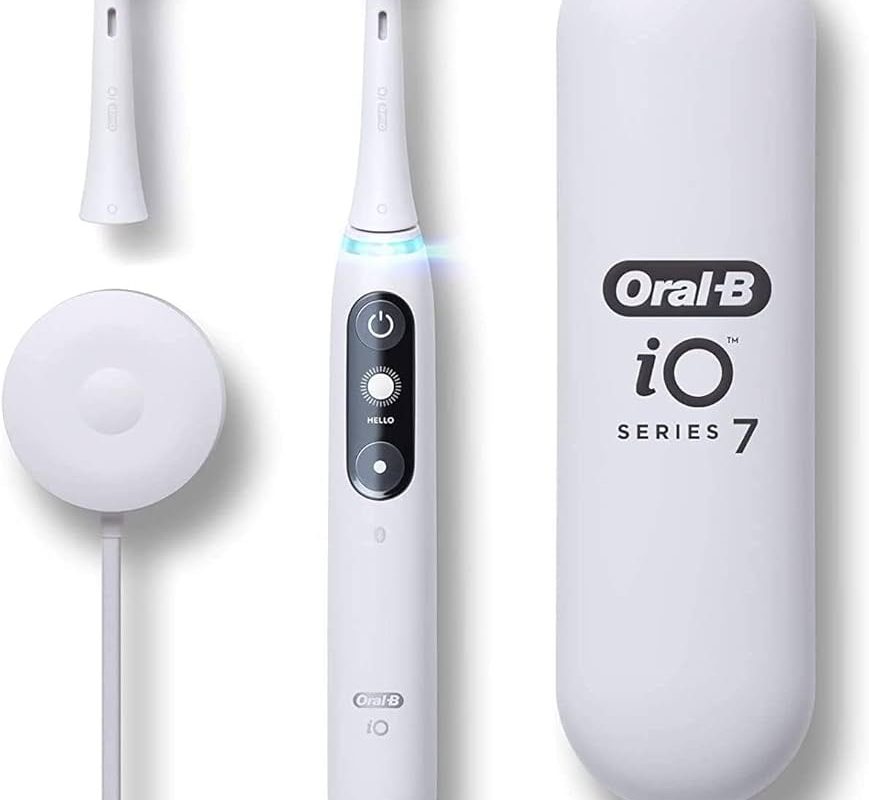Introduction:
Philips Sonicare is a popular brand known for its high-quality electric toothbrushes. One common question that arises when considering a Sonicare toothbrush is how long it will last. In this guide, we will explore the lifespan of Philips Sonicare toothbrushes, factors that affect their longevity, and tips for maintaining and maximizing the lifespan of your Sonicare toothbrush.
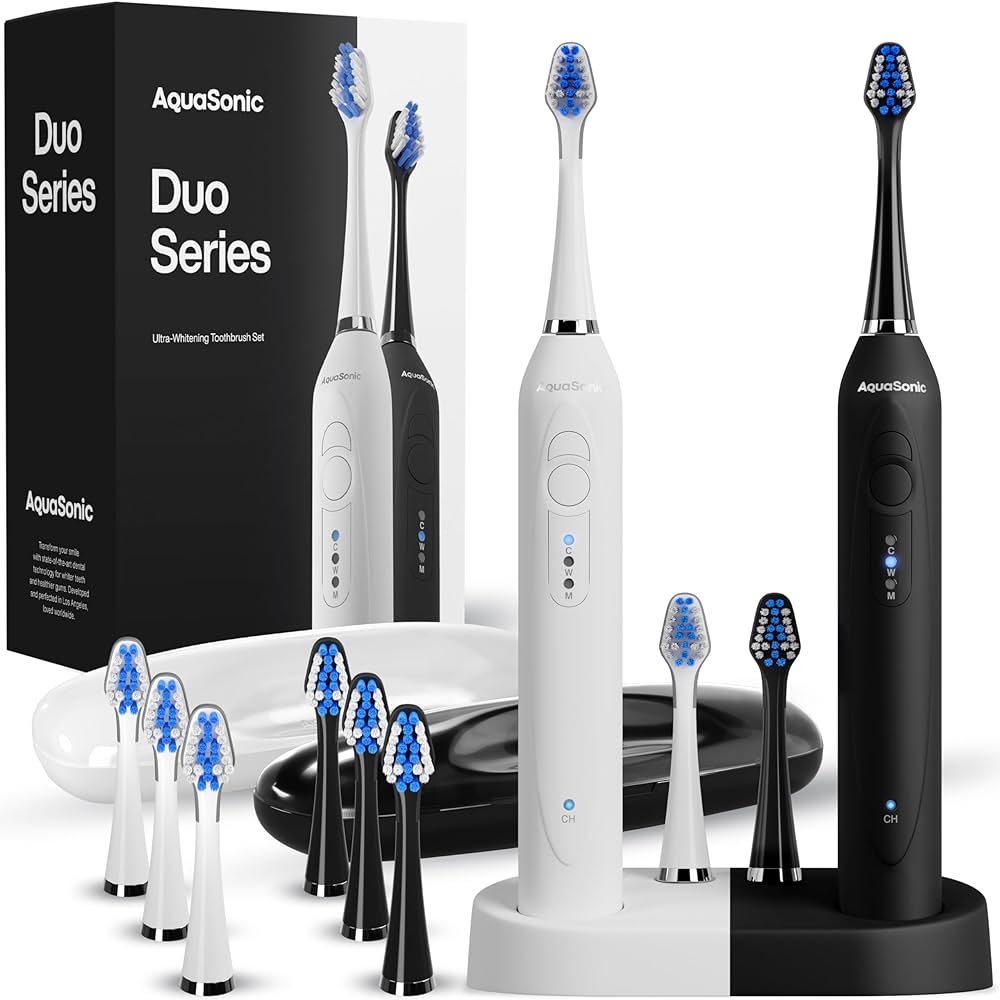
How long does a Philips Sonicare last?
The Lifespan of Philips Sonicare Toothbrushes:
The lifespan of a Philips Sonicare toothbrush can vary depending on several factors, including usage patterns, maintenance, and the specific model of the toothbrush. On average, a well-maintained Sonicare toothbrush can last between three to five years. However, some users have reported using their Sonicare toothbrushes for even longer periods with proper care.
Factors Affecting the Lifespan of Sonicare Toothbrushes:
Several factors can influence the lifespan of a Philips Sonicare toothbrush:
a) Brushing frequency and duration: The frequency and duration of your brushing sessions can impact the wear and tear on the toothbrush. Brushing for the recommended two minutes, twice daily, is generally sufficient. Excessive or aggressive brushing can accelerate the wear on the toothbrush.
b) Pressure applied during brushing: Applying excessive pressure while brushing can contribute to faster wearing of the brush head and the internal mechanisms of the toothbrush. Sonicare toothbrushes are designed to deliver effective cleaning with minimal pressure, so avoid excessive force during brushing.
c) Maintenance and care: Proper maintenance and care are crucial for maximizing the lifespan of your Sonicare toothbrush. Following the manufacturer’s guidelines for cleaning, storage, and brush head replacement is essential. Neglecting maintenance can lead to reduced performance and premature wear of the toothbrush.
d) Charging habits: Overcharging the battery of your Sonicare toothbrush or not allowing it to fully discharge before recharging can impact the overall lifespan of the battery. Following the manufacturer’s recommendations for charging practices is important.
e) Model and technology: Different Sonicare models offer varying features and technologies, which can impact the lifespan of the toothbrush. Generally, higher-end models are designed with more durable materials and advanced technologies that contribute to a longer lifespan.
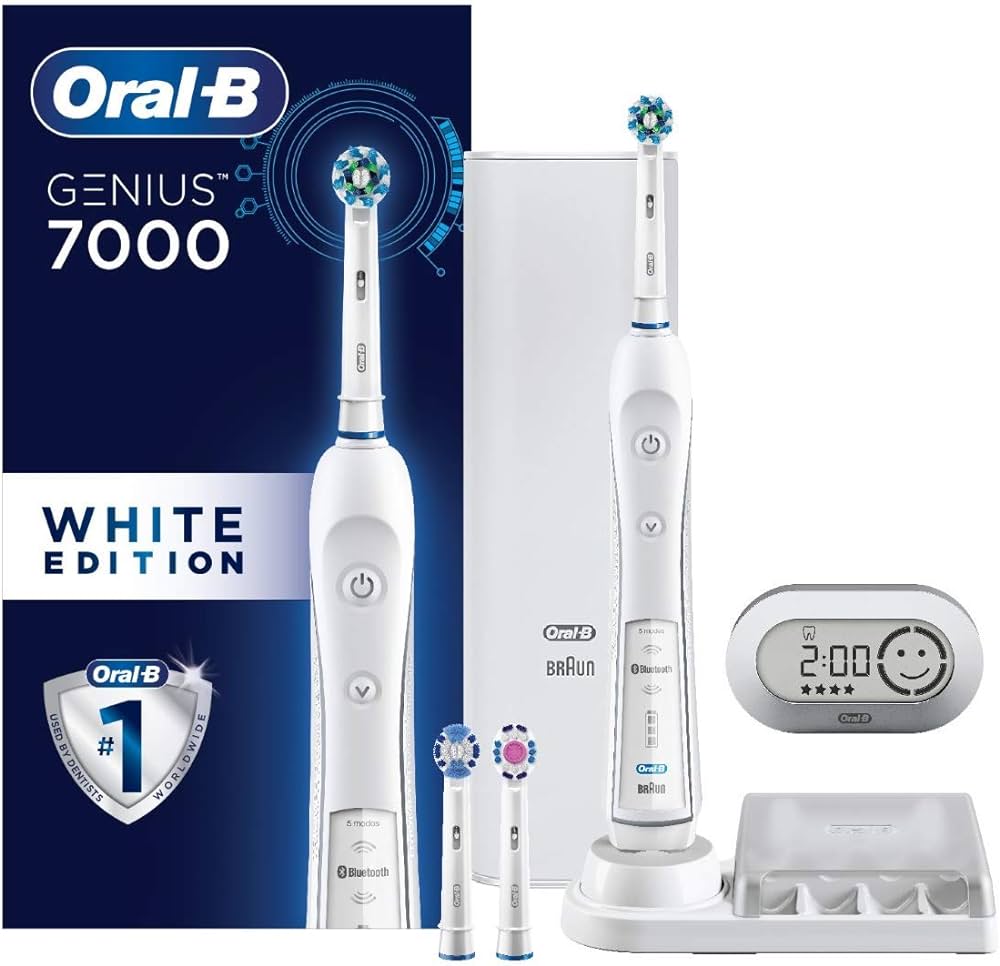
Tips for Maintaining and Maximizing the Lifespan of Your Sonicare Toothbrush:
To maximize the lifespan of your Philips Sonicare toothbrush, consider the following tips:
a) Proper brush head replacement: Regularly replace the brush head as recommended by the manufacturer, usually every three months or sooner if the bristles become frayed or worn out. Worn-out brush heads are less effective at removing plaque and can harbor bacteria.
b) Follow maintenance guidelines: Adhere to the manufacturer’s guidelines for cleaning and storage. Rinse the brush head thoroughly after each use and periodically clean the handle according to the instructions provided. Avoid submerging the handle or charging base in water.
c) Allow proper drying: After each use, remove the brush head and allow it to air dry. Additionally, ensure that the handle is thoroughly dry before returning it to the charging base or storage.
d) Store in an upright position: Store your Sonicare toothbrush in an upright position to allow proper air circulation and prevent moisture buildup. This helps to prevent bacterial growth and prolong the lifespan of the toothbrush.
e) Clean the charging base: Regularly clean the charging base with a damp cloth to remove any dust or debris that may accumulate over time.
f) Charge properly: Follow the manufacturer’s recommendations for charging practices. Avoid overcharging the toothbrush and allow the battery to fully discharge before recharging.
g) Avoid dropping or mishandling: Sonicare toothbrushes are durable, but rough handling or dropping can impact their longevity. Handle the toothbrush with care and avoid subjecting it to unnecessary impact or force.
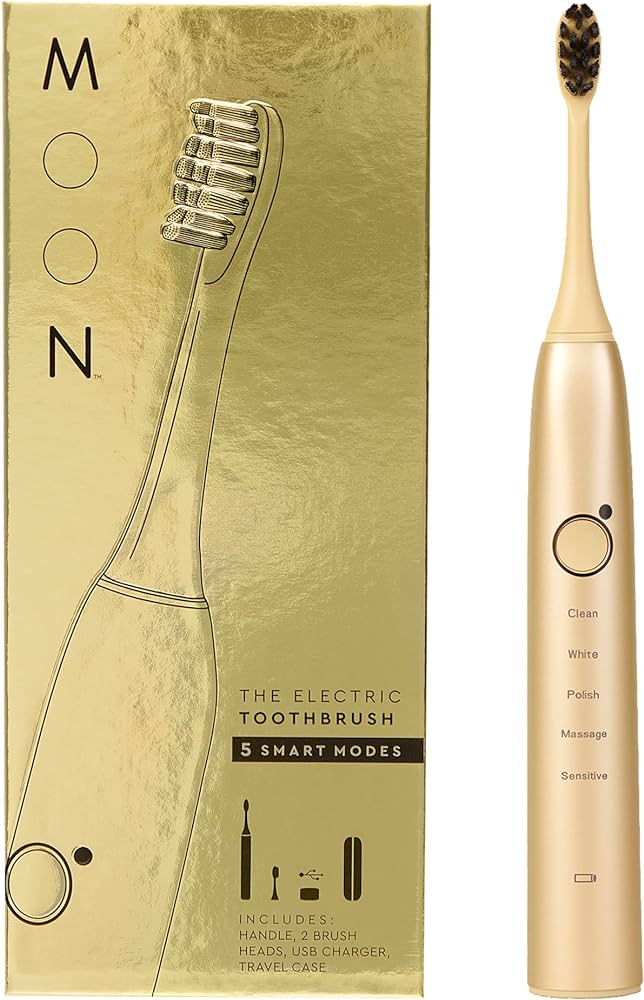
Signs it’s Time to Replace Your Sonicare Toothbrush:
While Sonicare toothbrushes can last several years with proper care, there are signs that indicate it may be time to replace your toothbrush:
a) Reduced battery life: If you notice a significant decrease in the running time between charges, it may indicate that the battery is reaching the end of its lifespan.
b) Weakened vibrations: If the vibrations of your Sonicare toothbrush become noticeably weaker over time, it could indicate wear and tear on the internal mechanisms, necessitating a replacement.
c) Mechanical issues: If you experience any mechanical issues, such as power interruptions, difficulty turning on/off, or malfunctioning modes, it may be a sign that your toothbrush needs to be replaced.
d) Brush head wear: If the bristles of the brush head become excessively frayed or worn out, it is time to replace the brush head. However, if the toothbrush handle is also showing signs of wear, it may be more practical to replace the entire toothbrush.

Considerations for Upgrading Your Sonicare Toothbrush:
As technology advances, newer models of Sonicare toothbrushes may offer enhanced features and improved performance. If you are considering upgrading your Sonicare toothbrush, keep the following in mind:
a) Research new models: Take the time to research and compare the features and advancements offered by newer Sonicare models. Look for features that align with your specific oral health needs and preferences.
b) Consult dental professionals: Seek advice from your dentist or dental hygienist regarding the suitability of a specific Sonicare model for your oral health requirements. They can provide valuable insights and recommendations based on your individual needs.
c) Budget considerations: Evaluate your budget and consider the investment you are willing to make in upgrading your toothbrush. Newer models with advanced features may come at a higher price point.
d) Compatibility with existing accessories: If you have existing Sonicare accessories, such as brush heads or charging bases, ensure compatibility with the new model before making a purchase.
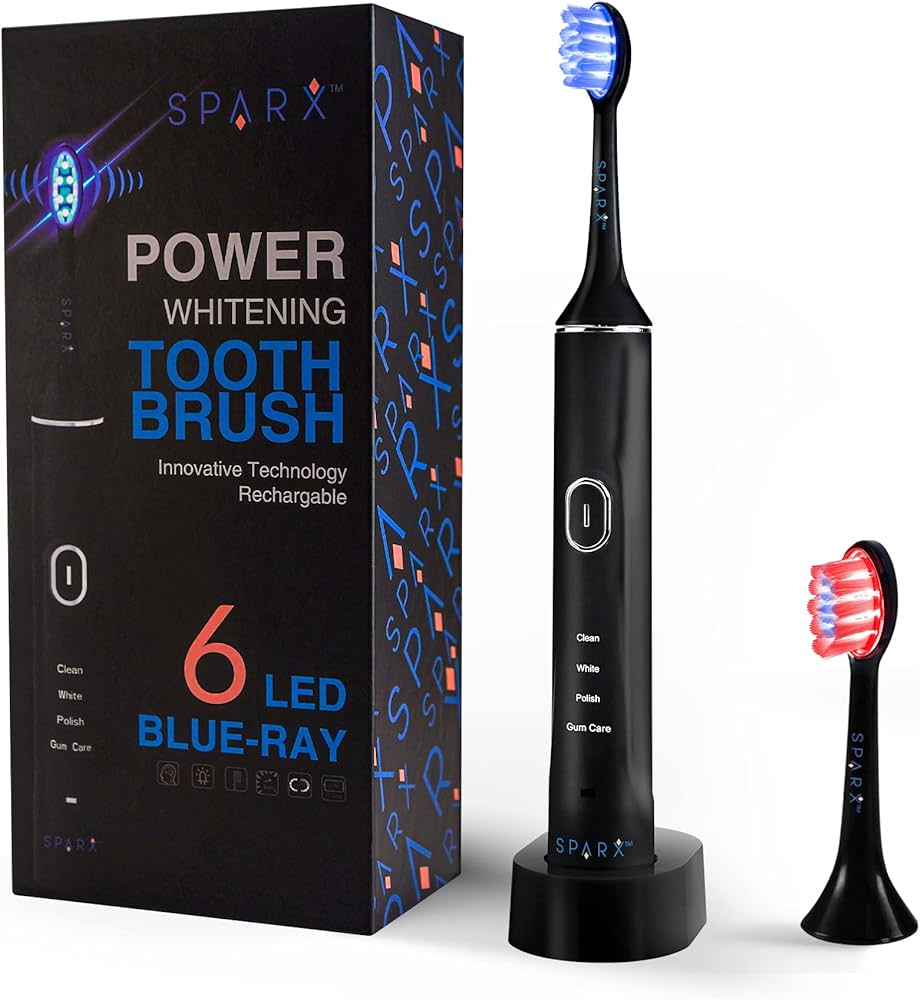
Conclusion:
The lifespan of a Philips Sonicare toothbrush can range from three to five years, depending on factors such as usage patterns, maintenance, and the specific model of the toothbrush. By following proper maintenance guidelines, including regular brush head replacement, proper cleaning and storage, and adherence to charging practices, you can maximize the lifespan of your Sonicare toothbrush. Additionally, paying attention to signs of reduced battery life, weakened vibrations, mechanical issues, and brush head wear will help you determine when it is time to replace your toothbrush. Remember that the lifespan of a Sonicare toothbrush can vary, and user habits and maintenance are key factors in ensuring its longevity. With proper care, your Sonicare toothbrush can provide effective and reliable oral hygiene for several years.

